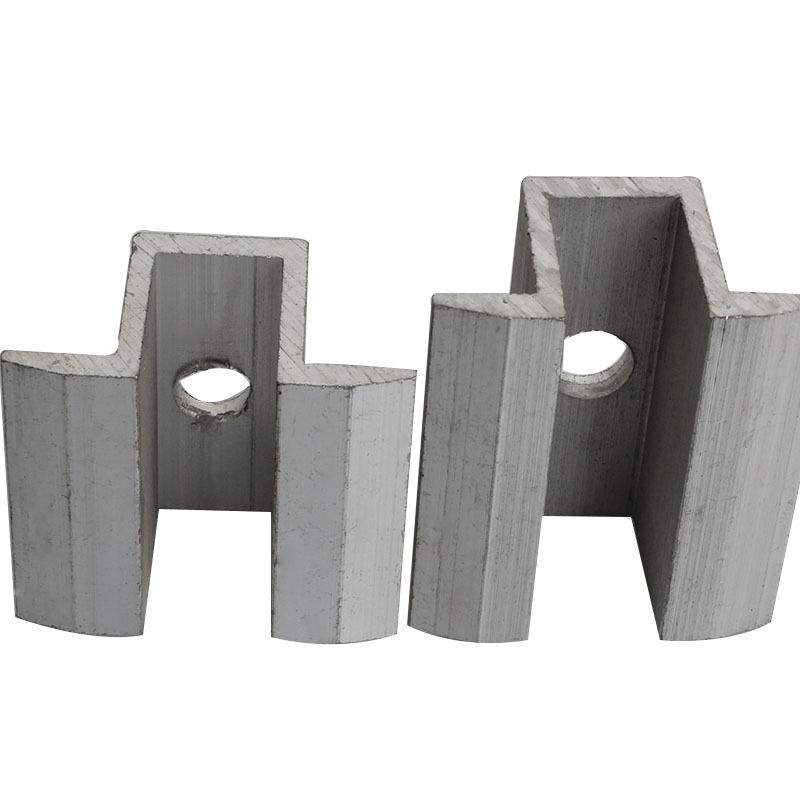

Exploring Innovations in Automotive Fasteners for Enhanced Performance and Reliability
Nov . 10, 2024 23:01 Back to list
Exploring Innovations in Automotive Fasteners for Enhanced Performance and Reliability
Understanding Auto Fasteners The Unsung Heroes of Automotive Design
In the world of automotive engineering, the spotlight primarily shines on high-performance engines, sleek designs, and cutting-edge technology. However, behind the scenes, a crucial component holds everything together—auto fasteners. These small but mighty elements are vital to the structural integrity, safety, and performance of vehicles. In this article, we delve into the significance of auto fasteners, the various types available, and their evolving role in the automotive industry.
The Importance of Auto Fasteners
Auto fasteners are mechanical devices used to join two or more components together. Their primary purpose is to create secure connections that can withstand the rigors of daily operation. Fasteners are essential in virtually every part of a vehicle, from the body and chassis to the engine and interior. They ensure that parts remain intact under various conditions, such as vibration, temperature fluctuations, and impacts.
Without high-quality auto fasteners, even the most advanced vehicles would be prone to malfunction. Loose components can lead to catastrophic failures, compromising not only vehicle performance but also driver and passenger safety. Therefore, the selection of appropriate fasteners is a critical consideration for automotive manufacturers.
Types of Auto Fasteners
There are several types of fasteners used in automotive applications, each designed for specific functions and requirements. Some of the most common categories include
1. Bolts and Nuts Typically used to connect larger components, bolts are often found in the engine assembly, chassis, and suspension systems. They are available in various sizes and grades, enabling engineers to select the right strength and threading for their specific needs. Nuts pair with bolts to secure connections and can be adjusted or removed as necessary.
2. Screws Screws are used for smaller components and assemblies, such as electronic devices or interior fixtures. There are many types of screws, including machine screws, self-tapping screws, and sheet metal screws, each serving a specific purpose.
3. Rivets Often seen in the construction of car frames, rivets are permanent fasteners that provide strong, lasting connections. They are ideal for materials that are difficult to weld and are commonly used in aluminum and steel assemblies.
auto fasteners

4. Washers Although often overlooked, washers play an essential role in distributing the load of fasteners and protecting surfaces from damage. They also help prevent loosening due to vibration, making them crucial in high-performance applications.
5. Clips and Retainers These fasteners secure various components such as trim, panels, and hoses. Clips and retainers are especially important in reducing weight while maintaining secure connections.
Innovations in Auto Fastening Technology
As the automotive industry evolves, so too does the technology surrounding auto fasteners. Advancements aimed at improving efficiency, reducing weight, and enhancing performance have driven innovation in this area.
1. Material Development The trend toward lightweight materials, such as composite materials and advanced alloys, has encouraged the development of new fasteners. Manufacturers are now producing fasteners that are stronger yet lighter, enabling automakers to enhance fuel efficiency without sacrificing safety.
2. Increased Automation The rise of automation in automotive production has necessitated fasteners that can be easily installed by machines. Self-locking and pre-assembled fasteners are becoming more popular, as they reduce labor costs and increase assembly line efficiency.
3. Smart Fasteners In line with the advent of the IoT (Internet of Things), the industry is exploring smart fasteners that can monitor connection integrity and alert manufacturers when maintenance is needed. These innovations promise to enhance vehicle safety and longevity by preventing issues before they arise.
Conclusion
While auto fasteners may seem inconspicuous in the grand tapestry of automotive design, their role is undeniably critical. As vehicles become increasingly sophisticated, so too must the fasteners that hold them together. Understanding the different types of fasteners and the latest technological advances can empower manufacturers to make informed choices, ultimately leading to safer, more efficient vehicles. As we move toward a future of automation and advanced materials, the evolution of auto fasteners will remain a vital element of automotive innovation, ensuring that vehicles are not only built to perform but built to last.
Latest news
-
High-Strength Hot-Dip Galvanized Bolts-Hebei Longze|Corrosion Resistance&High Strength
NewsJul.30,2025
-
Hot Dip Galvanized Bolts-Hebei Longze|Corrosion Resistance&High Strength
NewsJul.30,2025
-
Hot Dip Galvanized Bolts - Hebei Longze | Corrosion Resistance, High Strength
NewsJul.30,2025
-
High-Strength Hot Dip Galvanized Bolts-Hebei Longze|Corrosion Resistance, Grade 8.8
NewsJul.30,2025
-
Hot Dip Galvanized Bolts-Hebei Longze|Corrosion Resistance,High Strength
NewsJul.29,2025
-
High-Strength Hot Dip Galvanized Bolts - Hebei Longze Metal Products Manufacturing Co., Ltd.|corrosion resistance&high strength
NewsJul.29,2025

